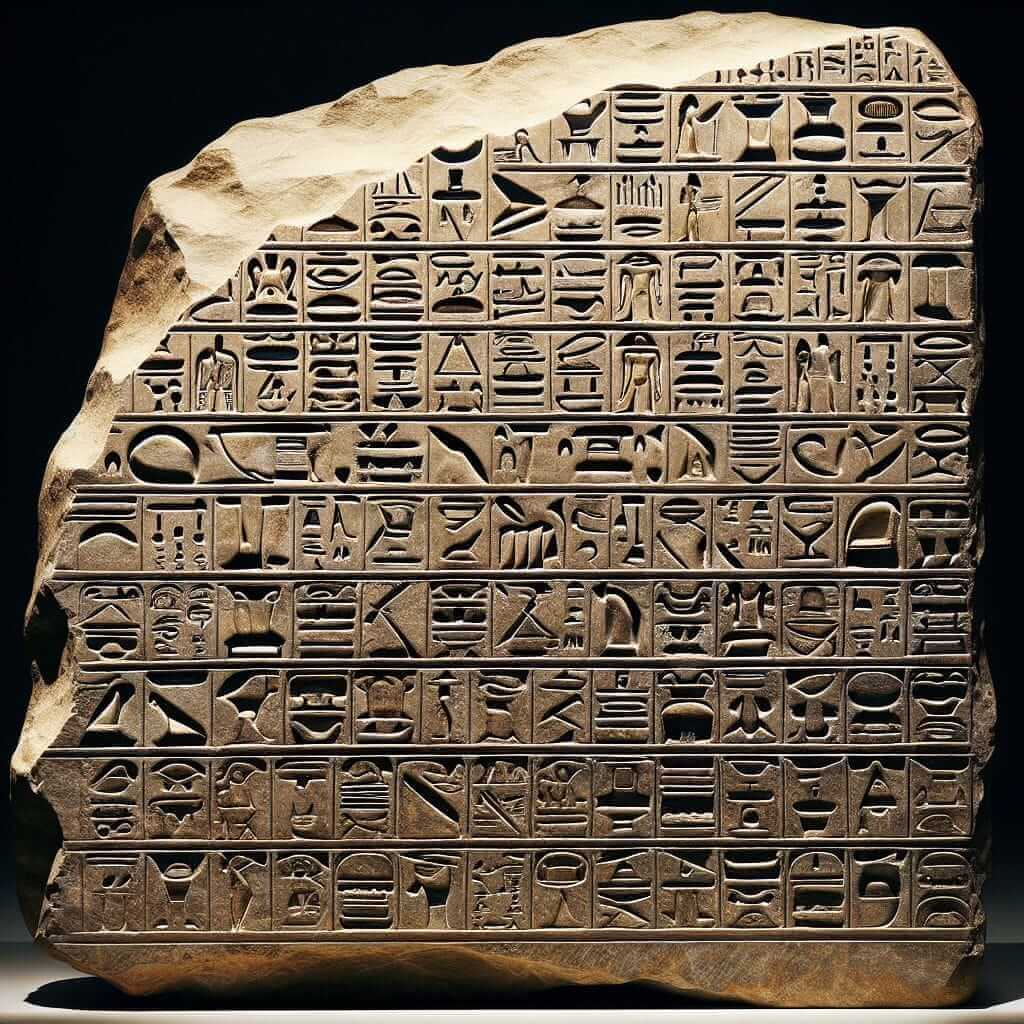The Reading section of the IELTS exam is often perceived as one of the most challenging parts by students. A well-designed practice test aligns closely with the format and complexity of actual IELTS reading passages, allowing candidates to sharpen their skills effectively. One intriguing topic that has appeared in some IELTS practice exams is the “Impact of the Rosetta Stone on understanding ancient Egypt.”
Introduction
The IELTS Reading section requires candidates to read passages of varying complexities and answer questions related to the content. Topics often traverse historical, scientific, and academic realms. The Rosetta Stone remains a significant archaeological artifact, pivotal in unlocking the mysteries of ancient Egyptian hieroglyphs. Given its historical importance and reappearance in various historical contexts, understanding this topic can greatly aid in your IELTS preparation.
By focusing on “Impact of the Rosetta Stone on understanding ancient Egypt,” we investigate its academic significance and provide a high-quality reading exercise modeled after IELTS standards. This topic’s recurrence in academic discourse suggests its future potential in IELTS exams, making it vital for comprehensive exam preparation.
The Rosetta Stone and Its Impact on Understanding Ancient Egypt
Reading Passage
The Rosetta Stone: Discovered in 1799, the Rosetta Stone is a granodiorite stele inscribed with three versions of a decree issued in Memphis, Egypt in 196 BC. The decree appears in three scripts: Ancient Egyptian hieroglyphs, Demotic script, and Ancient Greek. This trilingual script served as the key to deciphering Egyptian hieroglyphs, a task completed by scholars Jean-François Champollion and Thomas Young.
The significance of the Rosetta Stone lies in its role as a linguistic bridge. Before its discovery, ancient Egyptian texts were unreadable, and the culture’s rich history was locked in undecipherable symbols. The stone’s Greek inscription, a known language, was instrumental in decoding the hieroglyphs and Demotic script.
Between the 4th and 5th centuries, the knowledge of reading hieroglyphs faded. The complexity of these symbols contributed to this obscurity. They were not merely art forms but encapsulated Egypt’s history, culture, administrative records, and religious texts. The Rosetta Stone acted as the linchpin, initiating a wave of Egyptological studies and unlocking previously inaccessible historical data.
Impact and Modern Understanding: The decipherment of the Rosetta Stone led to significant advancements in understanding ancient Egypt. Scholars gained insights into Egyptian civilization’s structure, religious practices, and daily life. This facilitated the reconstruction of ancient Egyptian chronology, augmenting historical research with primary sources.
Moreover, the stone revealed the evolution of languages and scripts, indicating cultural exchanges between Egypt and Greece. These insights allowed historians to trace socio-political dynamics and economic ties in the ancient Mediterranean.
Preservation and Display: Today, the Rosetta Stone resides in the British Museum, attracting millions of visitors annually. Its relevance transcends mere historical curiosity; it is emblematic of the intersection between ancient cultures and modern scholarly pursuits.

Questions
Section 1: Multiple Choice
-
Why was the Rosetta Stone crucial for understanding ancient Egyptian hieroglyphs?
- A. It contained a translation key in a known language.
- B. It served as a religious artifact.
- C. It was a decree from the Pharaoh.
- D. It was used in ancient Egyptian rituals.
-
Who were the scholars primarily responsible for deciphering the Rosetta Stone?
- A. Thomas Young and Charles Darwin
- B. Jean-François Champollion and Thomas Young
- C. Jean-François Champollion and Charles Lyell
- D. Thomas Young and Charles Lyell
Section 2: True/False/Not Given
-
The Rosetta Stone was discovered in the exact place it was decreed.
- A. True
- B. False
- C. Not Given
-
The Rosetta Stone’s inscriptions were only religious in nature.
- A. True
- B. False
- C. Not Given
Answers and Explanations
Section 1: Multiple Choice
-
A. It contained a translation key in a known language.
The Rosetta Stone was crucial because it had inscriptions in Greek, a language understood by scholars, allowing them to decode the hieroglyphs. -
B. Jean-François Champollion and Thomas Young.
These scholars played a pivotal role in deciphering the text on the Rosetta Stone, with Champollion making significant breakthroughs.
Section 2: True/False/Not Given
-
B. False.
The Rosetta Stone was not discovered at the site of the original decree but was found later in the town of Rosetta (Rashid). -
B. False.
The inscriptions on the Rosetta Stone include administrative and historical texts, not solely religious content.
Common Mistakes and Tips
-
Overlooking key details:
Students often miss essential details like who assisted in decoding or the various languages on the stone. Pay close attention to these specifics. -
Assuming answers not given:
Do not infer information not explicitly stated in the text.
Vocabulary and Grammar Focus
Vocabulary
- Granodiorite (n) /ˌɡræn.əʊˈdaɪ.ə.raɪt/: A type of rock similar to granite.
- Stele (n) /ˈstiː.lɪ/: A stone slab or column with inscriptions, used as a monument.
Grammar
- Past Perfect Tense: Used for actions completed before another action in the past.
- Example: “The knowledge of reading hieroglyphs had faded by the 4th century.”
Advice for High IELTS Reading Scores
- Practice extensively: Regularly complete practice tests with diverse topics.
- Develop a reading habit: Engage with English articles, especially academic and historic texts.
- Time management: Cultivate strategies to manage reading time efficiently, ensuring you can address all questions.
Utilizing this focused reading practice on the impact of the Rosetta Stone embodies both a historical fascination and a valuable tool in mastering the IELTS Reading section. Embrace the systematic approach, and success will follow.
For more insights into similar historical impacts, explore our article on “Insights from the Excavation of Pompeii.”